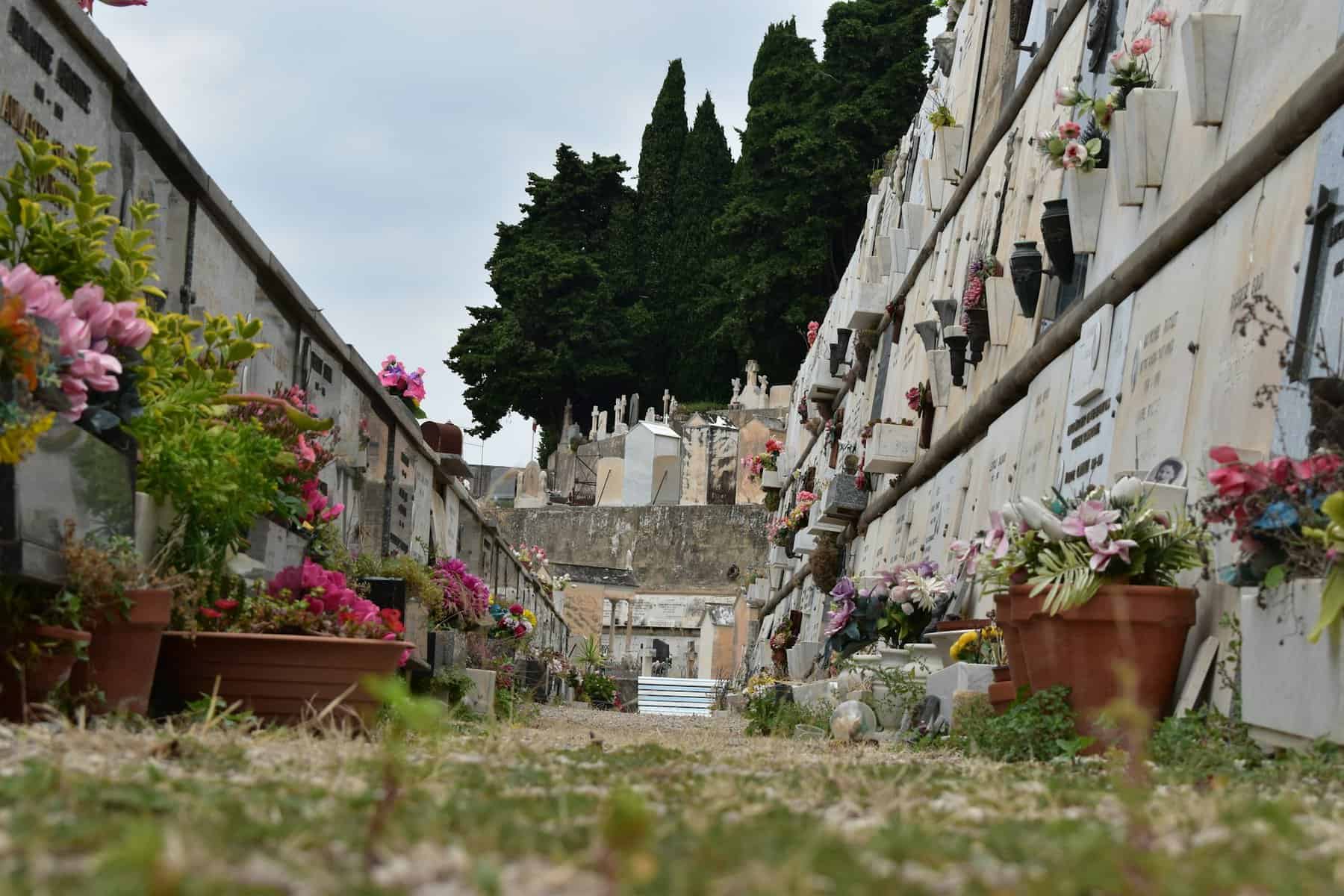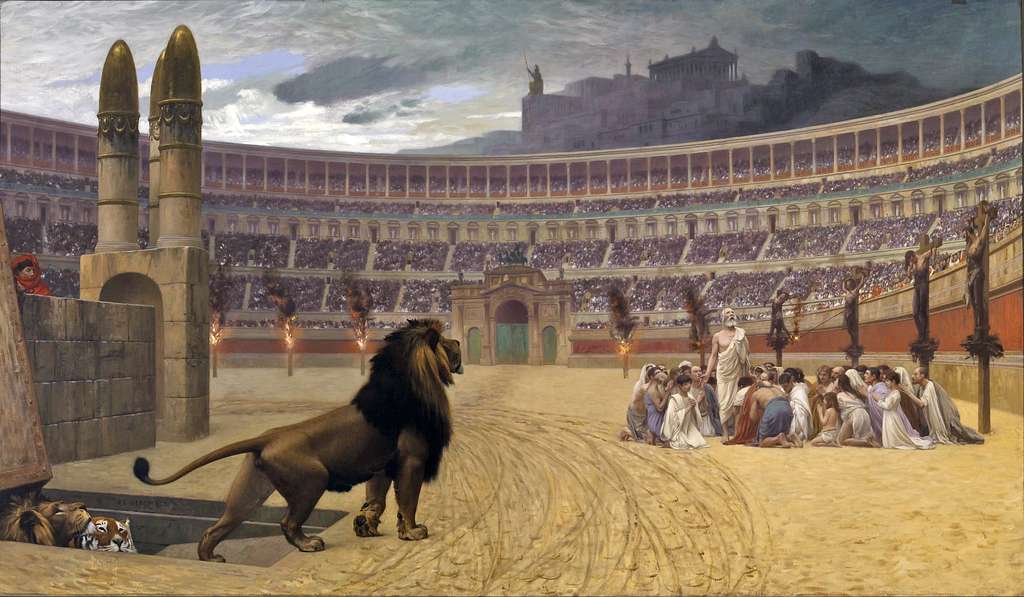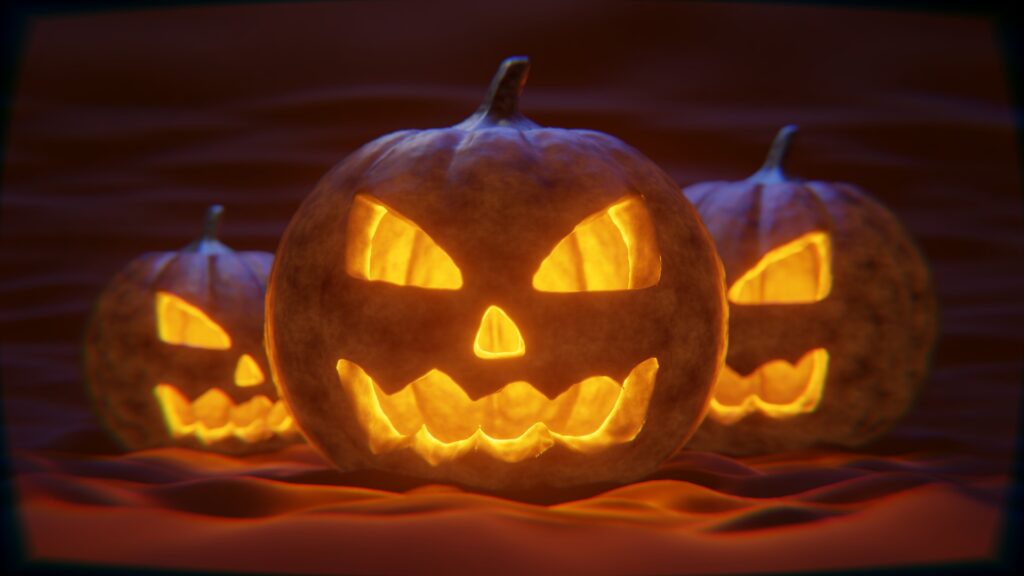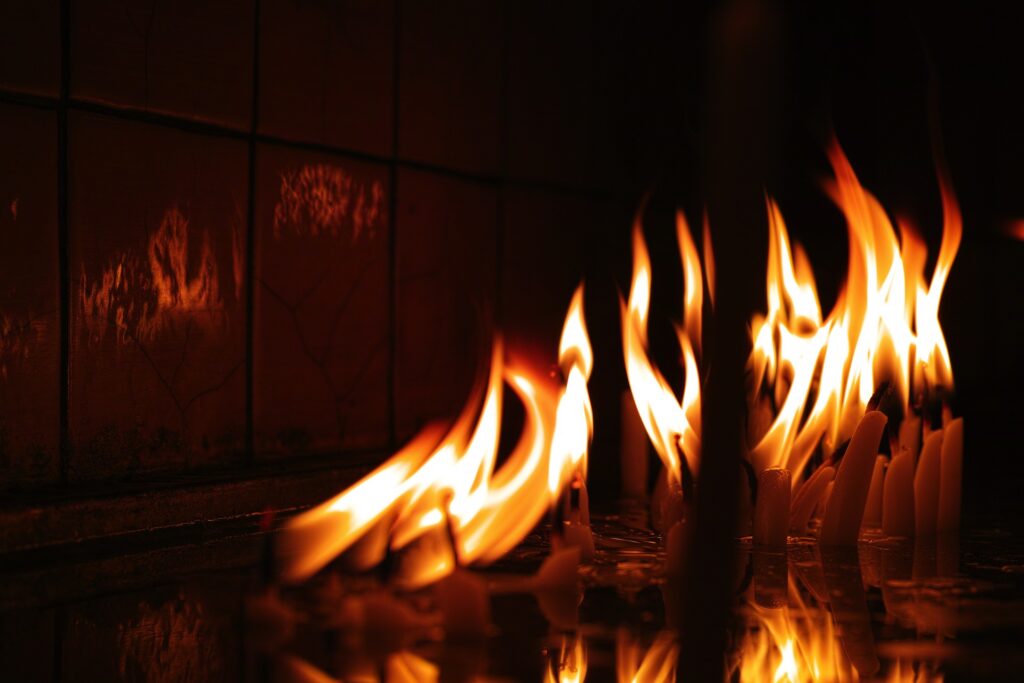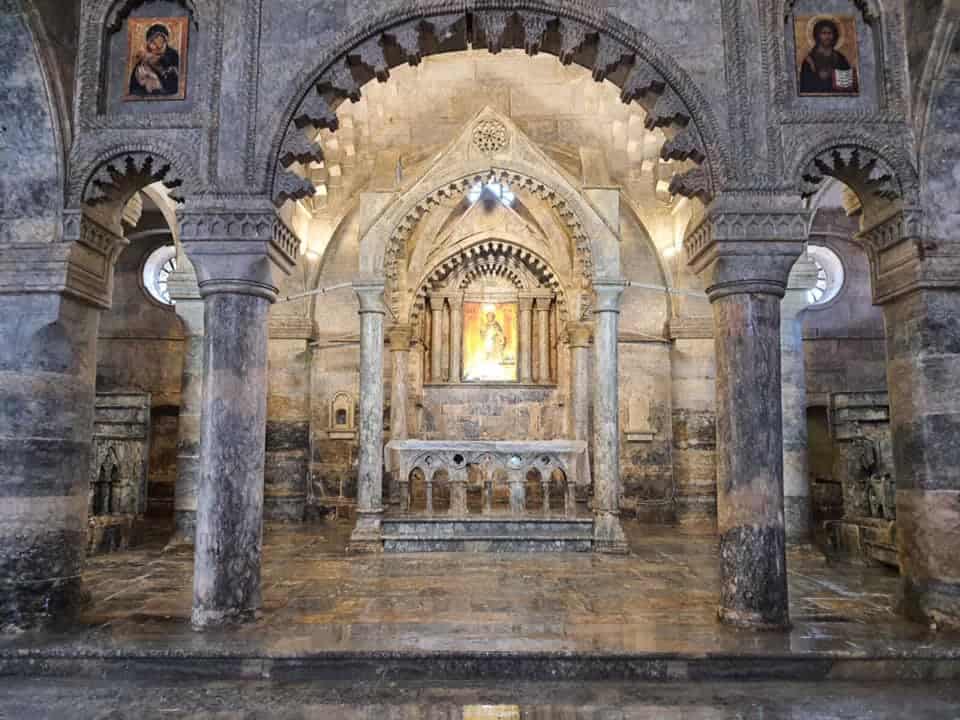All Saints’ Day, celebrated by Christians worldwide, honors martyrs and saints. Rooted in ancient traditions, this holiday overlaps with Halloween’s origins, which trace back to the Celtic festival of Samhain. According to Michigan State University professor Morgan Shipley, Samhain marked a transition to winter, symbolizing a thinning veil between the living and the spiritual world.
Pagan Rituals Adapted by Christianity
As Christianity spread, pagan rituals like bonfires and spiritual ceremonies merged with Christian practices, creating a tradition to honor the dead. These reflections extend to Nov. 2, All Souls’ Day, celebrated in many cultures.
Unique Observances Across the Globe
In Poland, All Saints’ Day is a day of communal reflection. Families visit cemeteries, lighting candles that transform graveyards into glowing carpets. This deeply ingrained tradition even draws secular participation, fostering unity across beliefs.
Similarly, millions visit loved ones’ tombs in the Philippines, bringing flowers and candles. Italians observe All Souls’ Day by lighting candles and leaving flowers, with Pope Francis leading prayers at Rome’s Laurentino Cemetery. Brazil also honors the day with religious processions, blending Catholic and Afro-Brazilian traditions.
Cultural Shifts and Alternative Celebrations
Despite its sacred roots, Halloween’s growing popularity raises concerns in some Catholic communities, particularly in Poland. Alternative events, such as the All Saints’ Ball in Plock, highlight saints and angels, countering the perceived cultural shift away from tradition.
Bridging the Spiritual and the Secular
All Saints’ Day observances showcase diverse ways of honoring the dead, blending spirituality, culture, and community. Even in secular contexts, these rituals retain their power to connect the living with their heritage and the departed.
Source:
Spiritual, not spooky. After Halloween, Christians observe All Saints’ Day

